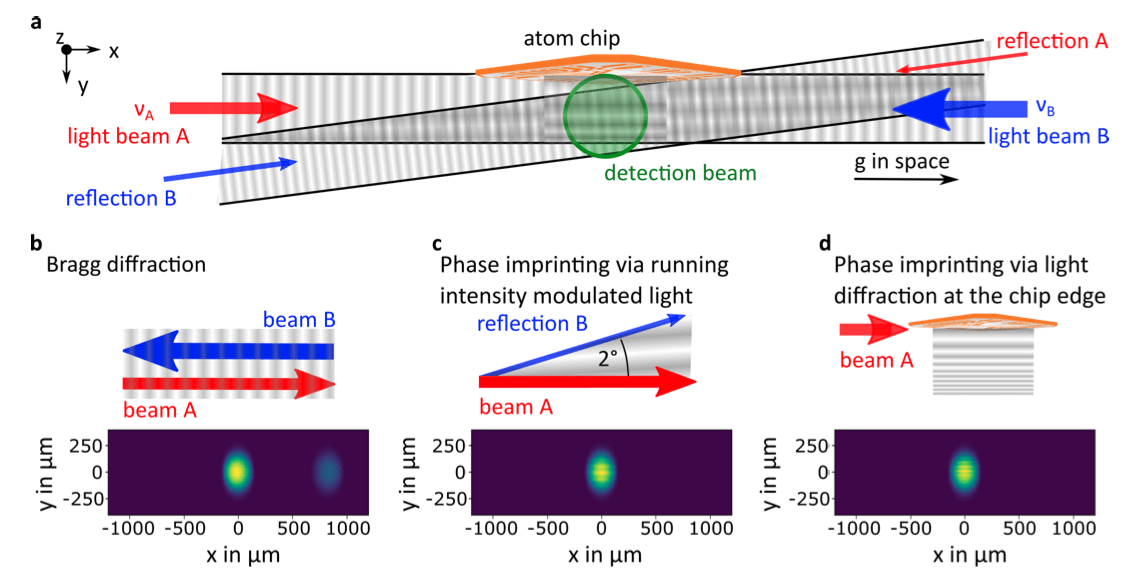
A team of German researchers have employed light-pulse interferometry to investigate and exploit the spatial coherence of multi-component Bose-Einstein Condensates (BECs) on a sounding rocket.
BECs in free fall constitute a promising source for space-borne matter-wave interferometry. Indeed, BECs enjoy a slowly expanding wave function, display a large spatial coherence and can be engineered and probed by optical techniques.
On a sounding rocket, they explored matter-wave fringes of multiple spinor components of a BEC released in free fall employing light-pulses to drive Bragg processes and induce phase imprinting. The prevailing microgravity played a crucial role in the observation of these interferences which not only reveal the spatial coherence of the condensates but also allowed them to measure differential forces.
This work establishes matter-wave interferometry in space with future applications in fundamental physics, navigation and Earth observation.
The paper can be read there.
